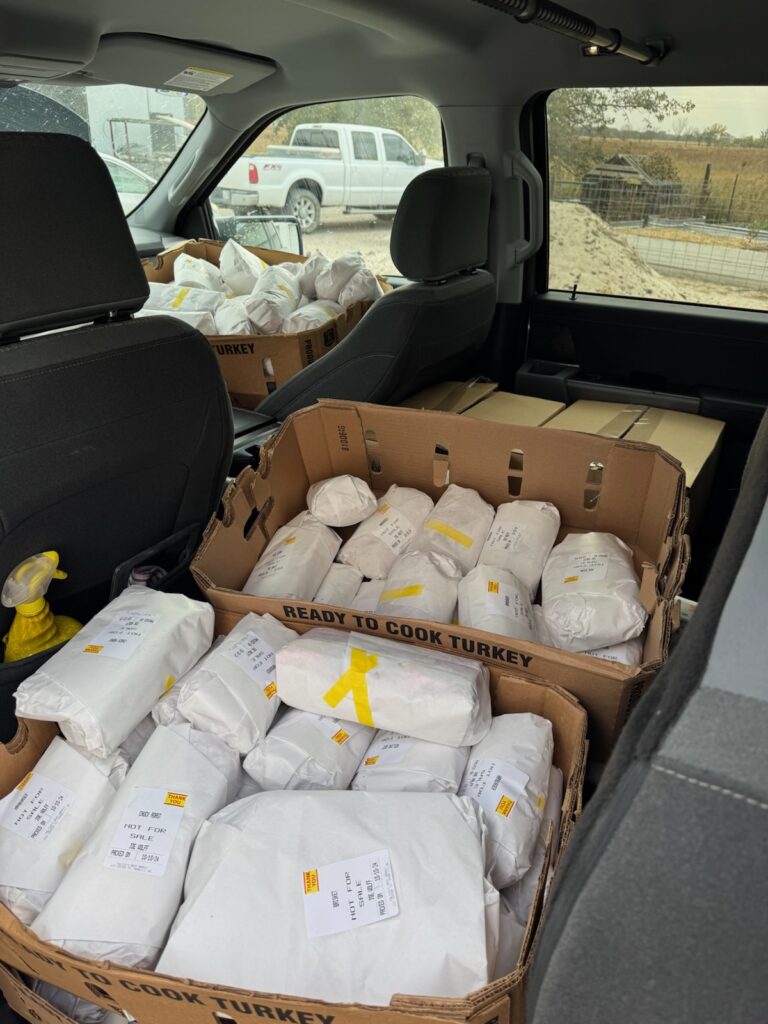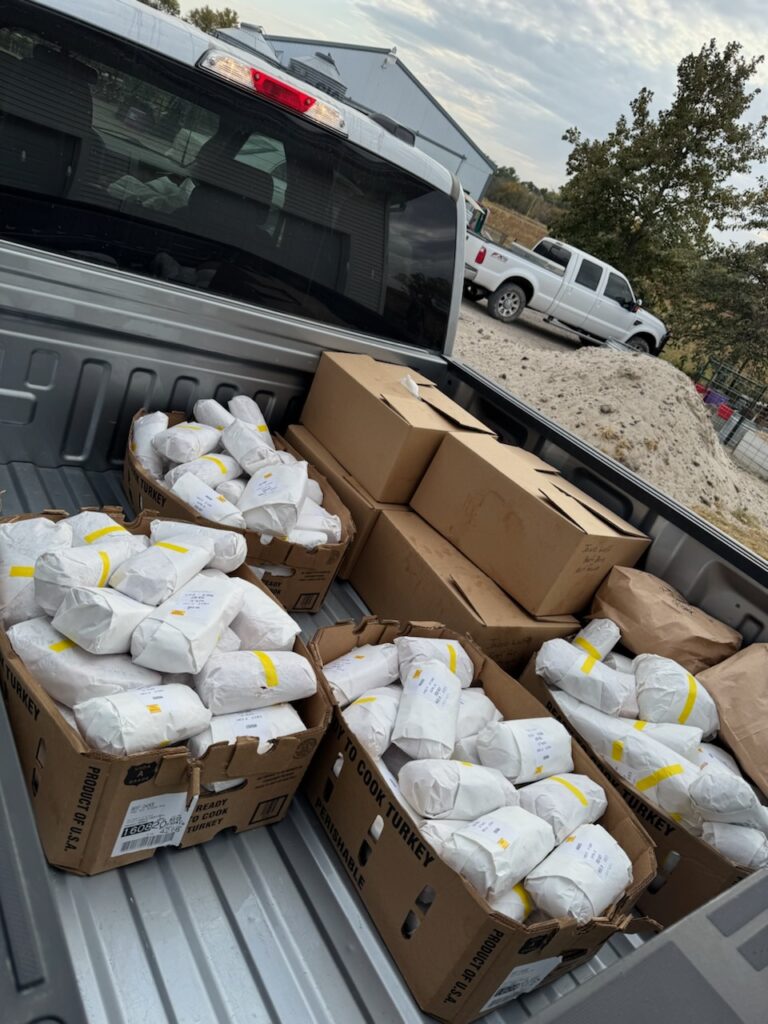By: CommonGround Nebraska Volunteer Katy Wolff
Buying meat in bulk from a local producer or locker can take time and effort. Many affairs must be lined up, including finding a source, finances to cover the purchase and long-term storage before the purchase can become a reality.
Understandably, some consumers may only have access to conventionally raised meat. Commercial products on grocery store shelves are still a great option to provide your family with healthy, nutrient-packed protein sources. However, if you are contemplating shopping and buying local, bulk meat, there are several considerations and preparations to make before fully committing, including 1) Timing, 2) Investment, 3) Cut Sheet, 4) Pounds Returned and 5) Storage.

Realistic Timing
Local producers and ranchers may or may not have an animal ready to go the day you inquire about purchasing meat from them. Customers may need to wait until the animal is adequately mature and finished to provide a quality product, which could take weeks or even months. Next, a processor or butcher is needed to harvest, fabricate and package the product. Appointments at local processors can be hard to come by, especially over the summer months during the county fair season, so it may be a while until there is an opening at the meat locker. Therefore, you should be prepared to wait before you get your meat.
Prepare for the Investment
A large up-front cost is associated with buying direct from a producer because often, you are responsible for purchasing the entire animal. In some cases, you can buy half or even a quarter of the animal, but regardless, the initial investment cost is still high. The price is also variable depending on the animal’s weight and if you are being charged by the live weight or hanging carcass weight, so you will want to clarify that with the producer. To help negotiate a fair price, check current industry prices online through the USDA Agriculture Marketing Service website, USDA Market News | Agricultural Marketing Service. Data regarding commercial cattle/sheep/hogs trading prices for live and carcass animals is published daily. Lastly, the purchase cost of the animal will not typically include the processing cost or fees, which are owed directly to the meat locker for harvesting, processing and packaging your meat. Depending on the species, processing fees are calculated by the pound or at a flat rate.


Filling Out a Cut Sheet
Once you have committed to purchasing the animal, typically the producer will be responsible for transporting the animal to the butcher. At this time, you will need to fill out a cut sheet. A cut sheet is the road map the butcher will use to break down the carcass into the parts and pieces you want, so it is extremely beneficial to have some knowledge and understanding of carcass parts to clearly communicate how you would like your meat cut up. This will include things like asking for steaks or chops to be cut a certain thickness, roasts sized to a particular weight, and what type of ground product you want made with the trimmings.
How Much Meat Comes Home
The amount of meat that makes it to a home freezer can come as a surprise to many folks. There is a significant loss right away when the animal is harvested. Dressing percent, or the percent of the live animal that makes it to carcass weight is roughly 62% in beef animals, 75% in hogs, and around 55% in lambs. However, there is still more loss that will occur during fabrication, or the breakdown of the carcass into the cuts we prepare for our meals. The amount of edible, usable lean protein is about 55-75% of the carcass weight and this number is highly variable depending on how you choose to have your meat processed (the cutsheet!). Therefore, the amount taken home is only about 40% of the animal’s live weight.

Storage
Adequate freezer space is essential. A half side of beef requires about eight cubic feet of freezer space, and a quarter would need about four and one-half cubic feet. Generally speaking, meat will last in the freezer for up to a year, but with this amount of product on hand, a large chest or stand-up freezer is necessary in addition to the freezer in the refrigerator.
Buying A Whole Beef Example
If you negotiated to pay the current market price* of $1.87/pound for a 1,400-pound live steer, you would owe the producer $2,618. If that animal dressed 62%, the carcass would weigh about 868 pounds. The meat locker charges $0.75/pound for processing plus a $100 processing fee so you would owe the processor a total of $751. If roughly 65% of the carcass weight was converted to edible cuts, that’s approximately 560 pounds of take-home product. For roughly 560 pounds of meat, you are paying $3,369, or an average $6.02 per pound
Although buying meat in bulk can seem daunting and expensive up front, it can be a cost-effective way for families can consumers to obtain high quality protein. With the right plan, ability to store and opportunities to use the meat, supporting local producers can have big benefits in the long run.
*Pricing based on December 2024 market reports.



